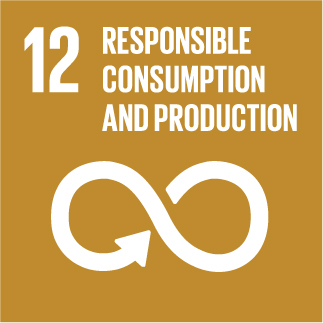URBANREC
Self-assembly of kraft lignin-acrylamide polymers
Lignin has been produced in large quantities in the pulp manufacturing process; however, its valorization has been challenging. The production of lignin polymers has shown pathways to produce water soluble products to be used as flocculants and dispersants. However, these lignin-based polymers may interact with each other and form large flocs that could reduce their efficiency in interacting with other colloidal particles. This study aims at evaluating the self-assembly of kraft lignin-acrylamide polymers in aqueous environments under different salt concentrations. The sedimentation studies using a vertical scan analyzer showed that a higher molecular weight lignin polymer had a higher tendency for sedimentation than a lower molecular weight one. Quartz crystal microbalance with dissipation (QCM-D) was used for studying the self-assembly behavior of lignin polymers with different molecular weights. The results suggested that lignin polymer with the higher molecular weight of 96,992?g/mol had a higher tendency to self-assemble by forming a loose floc as compared to that with a lower molecular weight. Also, salt disrupted the self-assembly of lignin polymers greatly.

» Author: Agha Hasan, Pedram Fatehi
» Reference: 10.1016/j.colsurfa.2019.04.002
» Publication Date: 08/04/2019
» More Information

This project has received funding from the European Union's Horizon 2020 research and innovation program under grant agreement Nº 690103




URBANREC Guidelines by URBANREC Consortium is licensed under a Creative Commons Reconocimiento-NonComercial-NoDerivatives 4.0 Internacional License.
Puede hallar permisos más allá de los concedidos con esta licencia en www.aimplas.net
